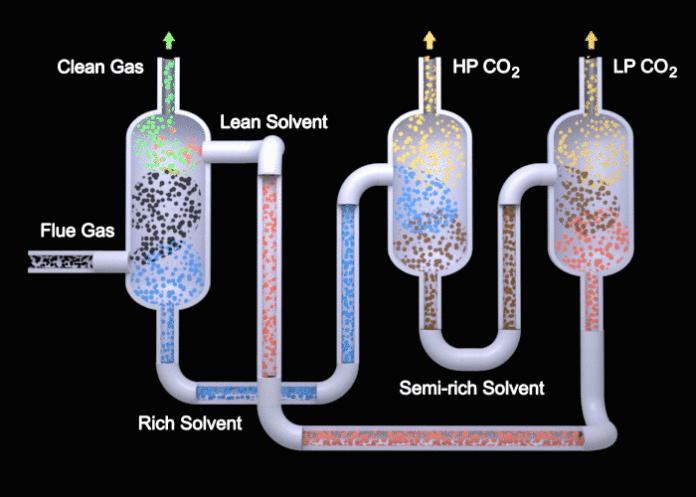
The Energy Collective Group
This group brings together the best thinkers on energy and climate. Join us for smart, insightful posts and conversations about where the energy industry is and where it is going.
Shared Link
In Pursuit of Capturing CO2 a US Department of Energy Lab May Have a Novel Inexpensive Solution
The current commercial forms of carbon capture for sequestration or upcycling remain very expensive and as a result, companies are hesitant to add these technologies to existing operations without government assistance. But a novel technology using lab-developed solvents can bring the cost down to as little as $38 per ton which is cheaper than forest management sequestration projects at $40 per ton.
In Pursuit of Capturing CO2 a US Department of Energy Lab May Have a Novel Inexpensive Solution
The U.S. Pacific Northwest National Laboratory has created a solvent and process for capturing CO2 and converting it to methanol on the cheap.
Get Published - Build a Following
The Energy Central Power Industry Network® is based on one core idea - power industry professionals helping each other and advancing the industry by sharing and learning from each other.
If you have an experience or insight to share or have learned something from a conference or seminar, your peers and colleagues on Energy Central want to hear about it. It's also easy to share a link to an article you've liked or an industry resource that you think would be helpful.



























Sign in to Participate